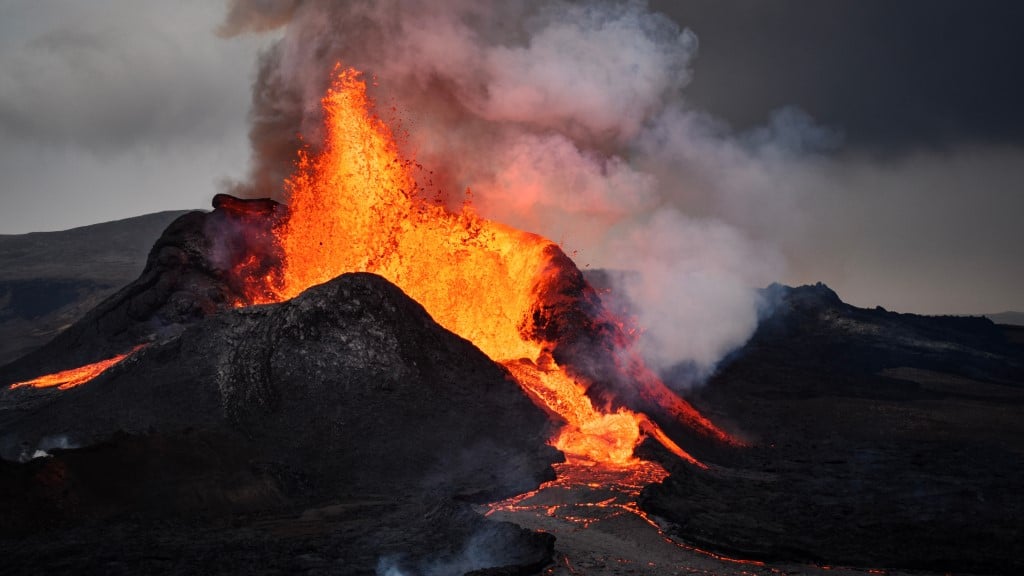Iceland braces for potential volcanic eruption amid increased seismic activity
- November 16, 2023
- 8:00 am


Iain Hoey
Share this content
Iceland faces heightened seismic activity and the threat of an imminent volcanic eruption on the Reykjanes Peninsula, sparking concerns over fire hazards and the safety of the populace and infrastructure.
This article delves into the current situation, the proactive measures being taken, and the implications for residents and travellers.
Intensifying seismic activity in Iceland
The Icelandic authorities have declared a state of emergency following hundreds of small earthquakes in the Reykjanes Peninsula, with fears of an impending volcanic eruption.
The most affected area is near Grindavik, a town evacuated due to the seismic threat.
The seismic activity has caused significant disruptions, including large cracks in roads and golf courses.
The threat to air travel and precautionary measures
While there is no closure of Keflavik International Airport, the authorities have raised the aviation alert to orange, indicating an increased eruption risk.
Memories of the 2010 eruption that caused extensive air travel disruptions are still fresh, although the current situation differs in terms of potential ash cloud formation.
Protective measures against lava flow
Icelandic authorities are preparing to construct defence walls around key infrastructures, such as the Svartsengi geothermal power plant, to protect against potential lava flows.
The Civil Defence Infrastructure Group, comprising experts from various fields, has proposed extensive barriers to shield critical areas.
Impact on residents and travel advice
The situation has led to evacuation orders and travel advisories.
Authorities recommend avoiding the Grindavik area, and foreign offices have updated their travel advice for Iceland, urging visitors to follow local guidelines.
Fire hazards and safety precautions
The US Embassy in Iceland has issued a geologic activity alert, warning of potential fire hazards due to lava and toxic gases.
It advises following Icelandic authorities’ instructions and highlights the dangers of walking on new lava and exposure to volcanic gases.
Economic and environmental considerations
The Reykjanes Peninsula’s seismic activity raises concerns about its impact on Iceland’s economy and environment.
The area is not only a hub for fishing and geothermal energy but also a popular tourist destination.
The ongoing situation poses challenges to these sectors, requiring careful management to balance economic needs with safety precautions.
IFSJ Comment
The unfolding situation in Iceland serves as a vivid reminder of the delicate balance between harnessing natural resources and ensuring public safety.
Iceland’s proactive measures, including the construction of barriers to protect against lava flow, illustrate a commendable approach to disaster risk management.
This event also highlights the importance of international cooperation in monitoring and responding to geological hazards.
The impact on air travel and local economies underscores the far-reaching consequences of such natural events, making it a significant global concern.
The situation in Iceland is a testament to the resilience and preparedness of a nation that has long coexisted with its dynamic volcanic landscape.
About Reykjanes Peninsula
The Reykjanes Peninsula in Iceland is known for its remarkable geological features, including lava fields, hot springs, and volcanic activity.
It is home to the famous Blue Lagoon, a geothermal spa, and the Keflavik International Airport, Iceland’s main international gateway.
The peninsula’s unique landscape is a result of the Mid-Atlantic Ridge’s tectonic movements, making it a site of significant geological interest and a popular tourist destination.

